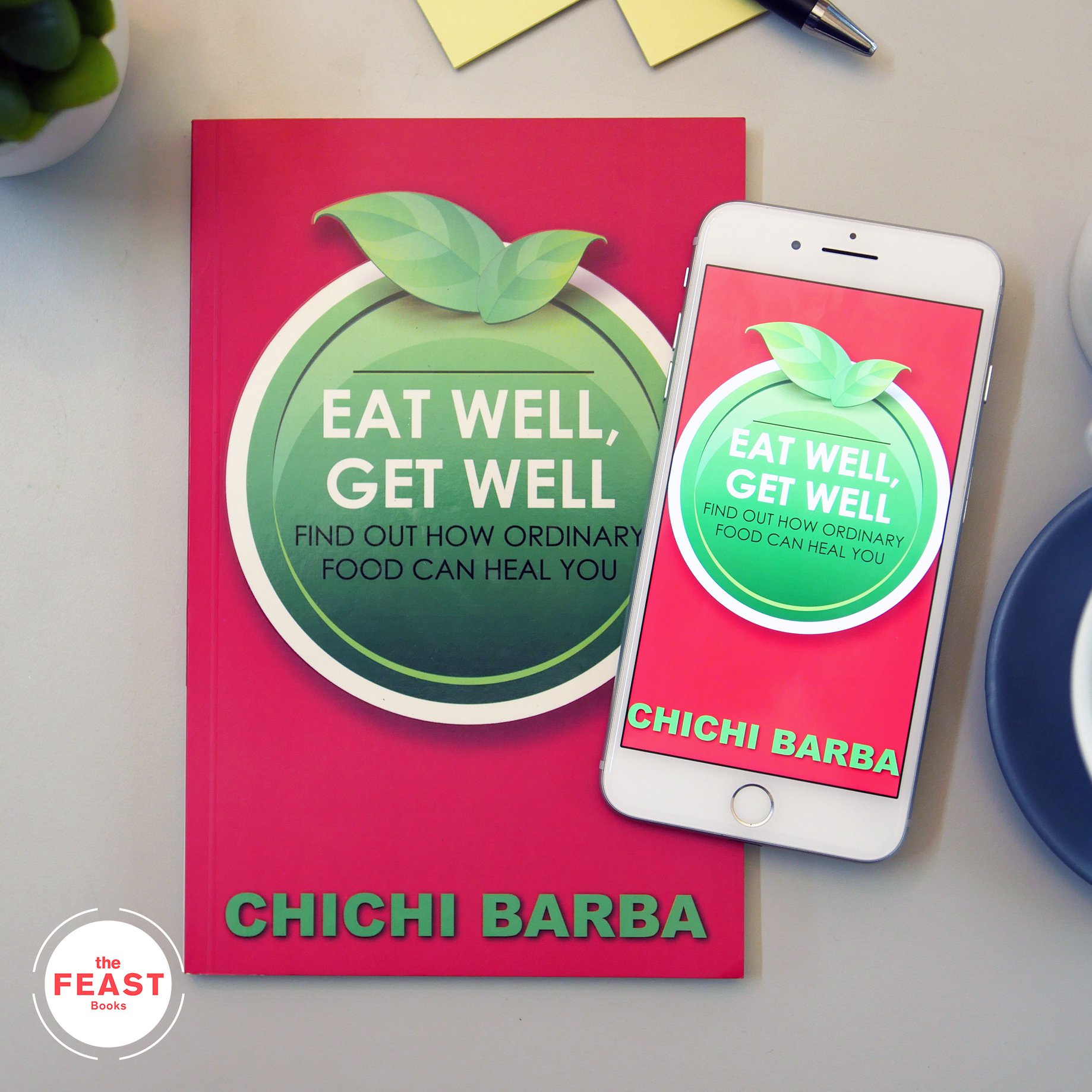By Chichi Barba
You go inside the convenience store to buy a cola drink, but you get confused after seeing all the variations available. It’s like you were suddenly transported into those futuristic movies you watched when you were a kid.
I was born during the age of the cola wars. At that time, you either bought one brand or the other. There were no fruit-flavored choices then or diet varieties. The sugarfree and the zero calorie kinds would come much later.
These days, advertisements scream in our ears that diet is better than regular. Or sugar-free is healthier than classic.
Let’s start by removing the blinders that marketing mavens have set up to create the myth about the healthiness of going “sugar-free.”
If you think that choosing a diet soda over a regular soda drink is a healthier choice, think again. Shrewd advertising has made the term “sugar-free” equal to a healthy alternative, but the fact is, chemical sweeteners
are far from being beneficial.
The makers of aspartame usually spout the marketing line that it is safe for human consumption. They keep repeating this, even if there have been many studies over
the years linking aspartame to headaches, migraines, dizziness, tumors and cancers.
If you are thinking, “Well, if aspartame is so bad, why was it approved for use?” then I need to make things right.
Let’s start with the fact that aspartame was approved for use even if it was never tested on humans before its release to the public. This means the reality is — we are the guinea pigs.
The tests are being conducted on us!
The current generation — the ones that grew up on diet soda — are unknowing participants of a grand experiment to prove how safe (or unsafe) aspartame is in food.
Aspartame has been in our food for 40 years. Did you know that it is being used in over 6,000 products marketed all over the world?
So how do we avoid aspartame?
I always encourage people to make it a habit to check the nutrition label and the ingredient list before buying a product. Whether to find out the presence of aspartame (or another sugar alternative), or to be aware of whatever it is that you are putting inside your body, reading the ingredient list is a good practice. Once it becomes a habit, it will be easier to make informed choices about your family’s food products.
My mom sometimes gets irritated at how I look at the ingredient list each time she gets something from the grocery shelves, but it’s the only active thing we can do individually. By checking the ingredient list before making the choice of whether to place it in our grocery cart or not, we make better choices for our health.
Aside from regularly checking the nutrition label and ingredient list, it’s also good to know which products may have aspartame or a similar sugar substitute.
Some products that use aspartame are:
Diet soda
Yogurt
Chewing gum
Cooking sauces
Powdered drinks (e.g., juice, iced tea)
Flavored water
Cereals
The next time you go to the grocery or to the convenience store, stop, read the ingredient list, and choose to actively protect yourself from the harmful effects and dangers of aspartame.
*This excerpt is taken from Eat Well, Get Well By Chichi Barba*
Grab your e-book and paperback version here.




